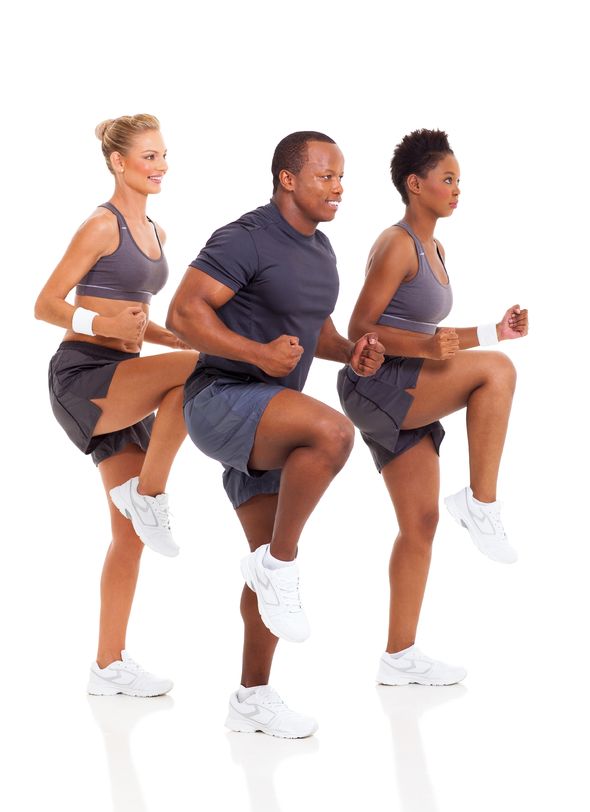Note that your final mark will not be saved in the system.
Warming Up and Cooling Down Typeit
Type the correct answers into the spaces. Fill all the spaces before clicking ‘Check Answers!’

There are a variety of physiological and psychological reasons for warming up prior to activity. Let's take a look at the different phases of a warm-up below and the reasons why each are performed.
Phases of, and reasons for, the warm-up:
| 1 | Warm-ups usually begin with a , e.g. a light jog, which is performed in order to increase heart rate and blood flow so that there is a greater delivery to the muscles. The increased activity of the muscles produces heat, which in turn results in an increased muscle and body . |
| 2 | Stretches - these are performed in order increase the of muscles and joints, as well as the pliability of ligaments and tendons. There are range of stretches that can be performed, such as static stretches which are performed on the sport such (e.g. touching the toes), and stretches which are performed on the move (e.g. lunges). The greater range of movement at the joints improves the articulation of sporting movements. |
| 3 | The warm-up then culminates in a familiarisation with -related activities - this is done in order to allow the performer to prepare for their specific sport or activity. For example, a rugby player would practise tackle technique, whereas a tennis player would practise their serves. |
The above phases describe how the warm-up helps the performer to prepare physiologically, but the warm-up also helps with psychological preparation for the main activity. For example, the third phase of the warm-up allows the performer to control their levels and reduce . It also helps to the performer so that they are ready to go for the main activity.
Similar to the warm-up, there are a number of reasons why cool-downs are performed. Let's explore these reasons by considering the phases of the cool-down below.
Phases of, and reasons for, the cool-down:
- -intensity exercise - this is performed in order to gradually lower rate and maintain an elevated rate to circulate blood and oxygen and increase the removal of waste products such as and carbon dioxide.
- Another component of a cool-down is - which helps transition muscles to their resting length and aids recovery, reducing the risk and severity of delayed onset muscle soreness (DOMS) or muscle stiffness.